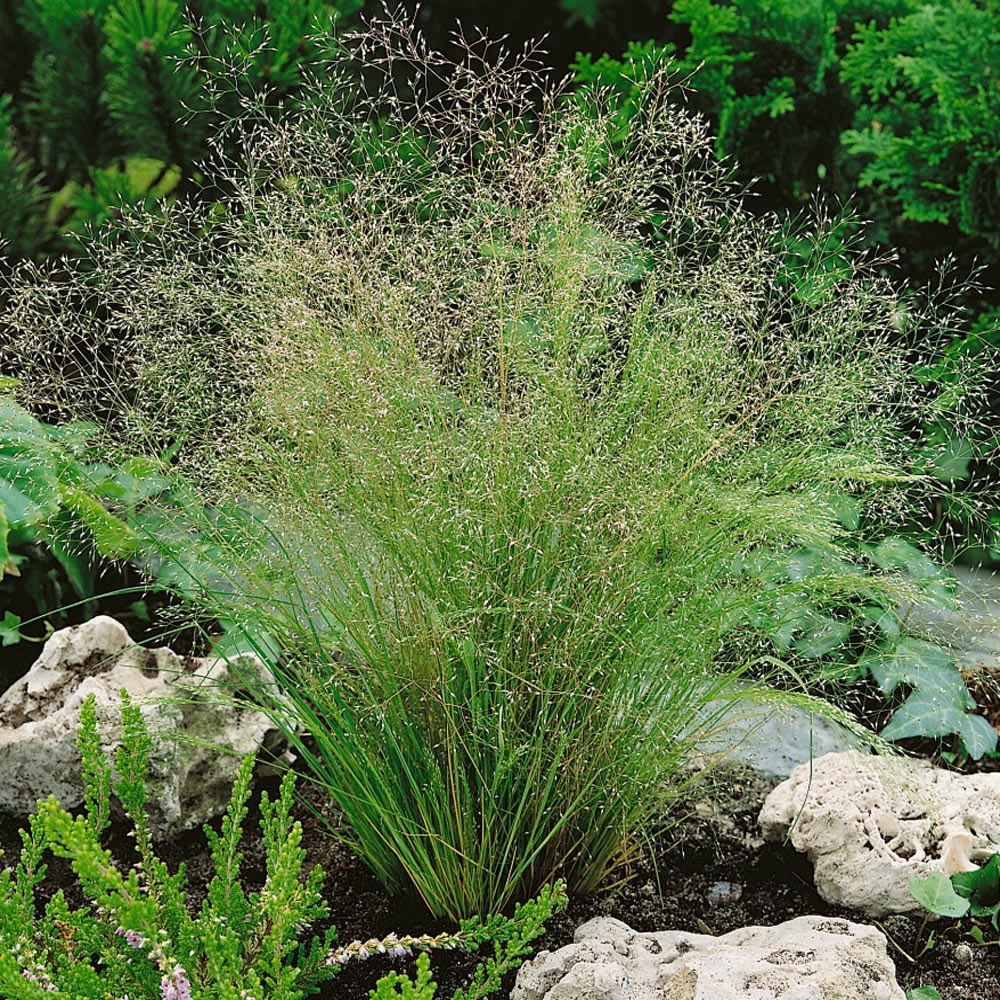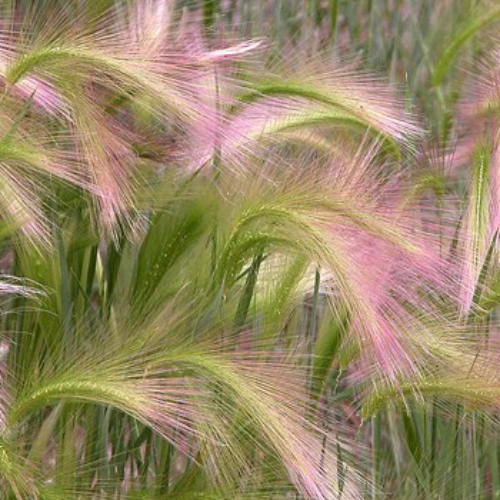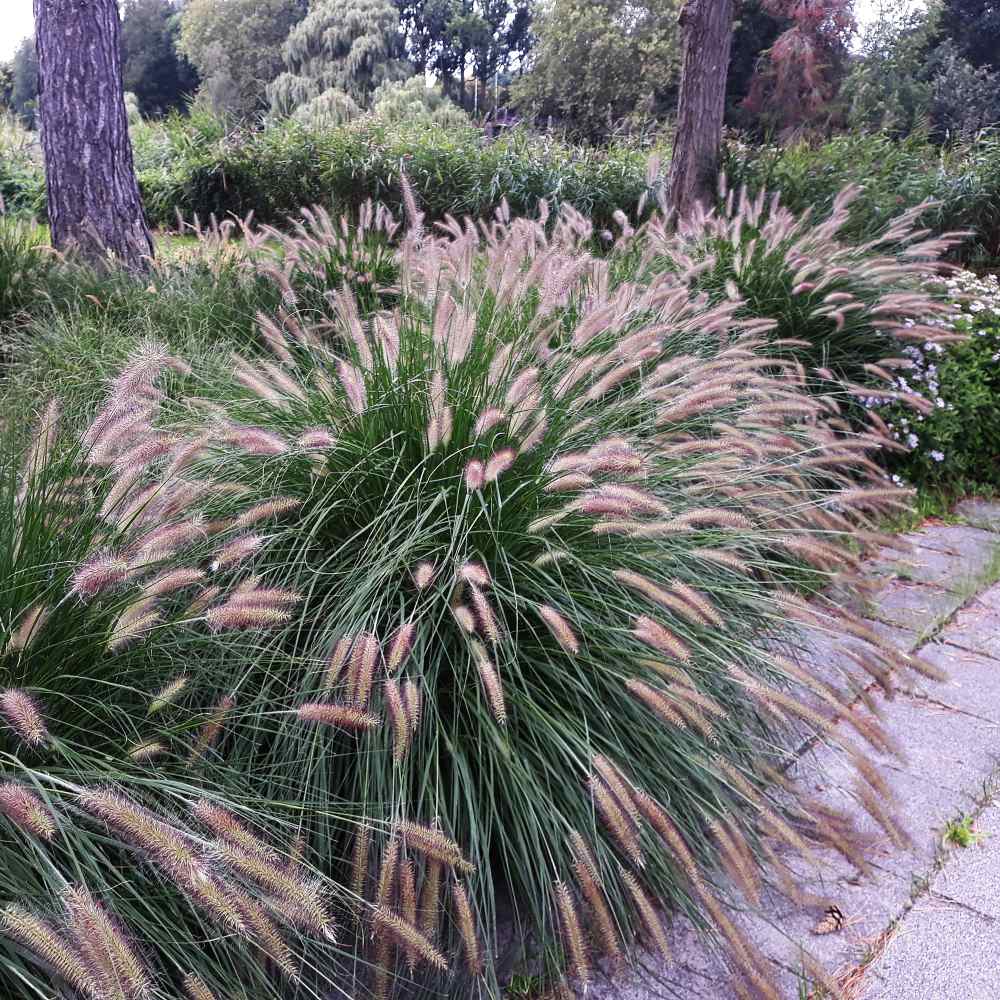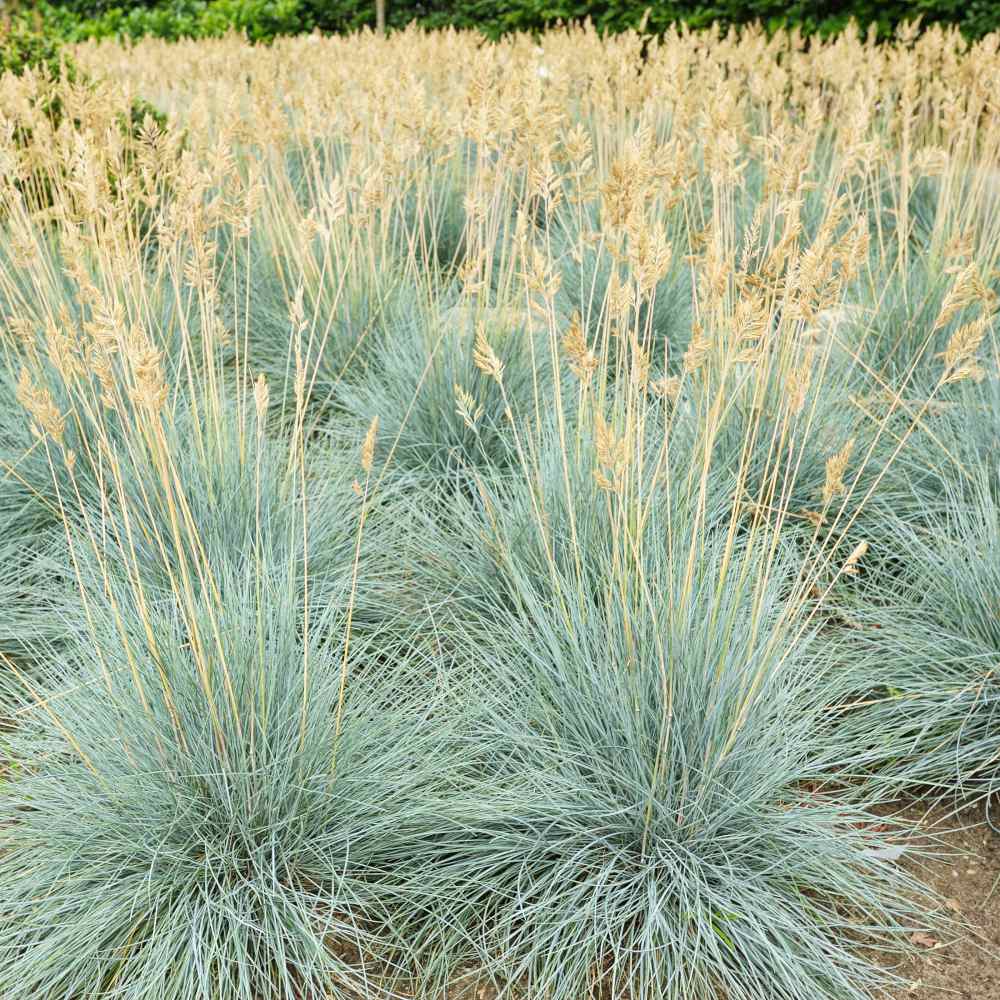
Cloud Grass Planting and Care Guide
Quick Facts About Cloud Grass
Cloud Grass is an ornamental annual grass that puts up masses of tiny, delicate blooms that appear like a hazy mist. These blooms are commonly harvested for dried arrangements. Cloud Grass is ideal for the drought-tolerant landscape.
Planting Time
Cloud Grass can be started either directly outdoors towards the end of frost season, or indoors 4-6 weeks before the end of frost season.

Planting Location
Cloud Grass grows best in full sun, and should be planted in average soil that drains well.
How to Grow Cloud Grass
- If starting indoors for a jump on the growing season, sow seeds into trays or small pots filled with a sterile seed starter mix.
- If sowing directly outdoors, first prepare a seedbed by removing weeds and breaking up soil.
- Surface sow 4-5 seeds per plant, and barely cover with fine media.
- Place trays/pots in a warm, bright location, and keep seeds moist until germination. Under proper conditions, these seeds should germinate in 3-4 weeks.
- Once seedlings have grown a few inches, thin to strongest seedling and plant 6-12 inches apart in the garden, or in individual pots after all frost danger has passed.
- Before transplanting seedlings into the garden, it's essential to "harden them off". This involves acclimating young plants to outdoor conditions by placing them in a sheltered outdoor area for about a week. Initially, shield them from strong winds and direct sunlight. If there's a risk of frost overnight, either cover the plants or bring them indoors, then return them outside in the morning. This hardening off method helps strengthen the plant's cell structure, minimizing transplant shock and sun damage.

Care And Maintenance
- Keep weeds under control during the growing season. Weeds compete with plants for water, space and nutrients, so control them by either cultivating often or use a mulch to prevent their seeds from germinating.
- Mulches play a vital role in preserving soil moisture and ensuring consistent soil temperatures. When it comes to annuals, using organic mulch made from shredded leaves not only enhances the appearance of the bed but also enriches the soil as it decomposes over time. Remember to keep mulch away from the plant stems to avoid potential rot issues.
- Cloud grass should receive consistent waterings, not allowing the soil to become completely dry.
- Apply balanced fertilizer regularly.
- Cloud Grass readily self-sows, so cut the stems before blooms dry out to prevent seeding. You can also hang these blooms upside down to dry, and then use in dried arrangements.




































